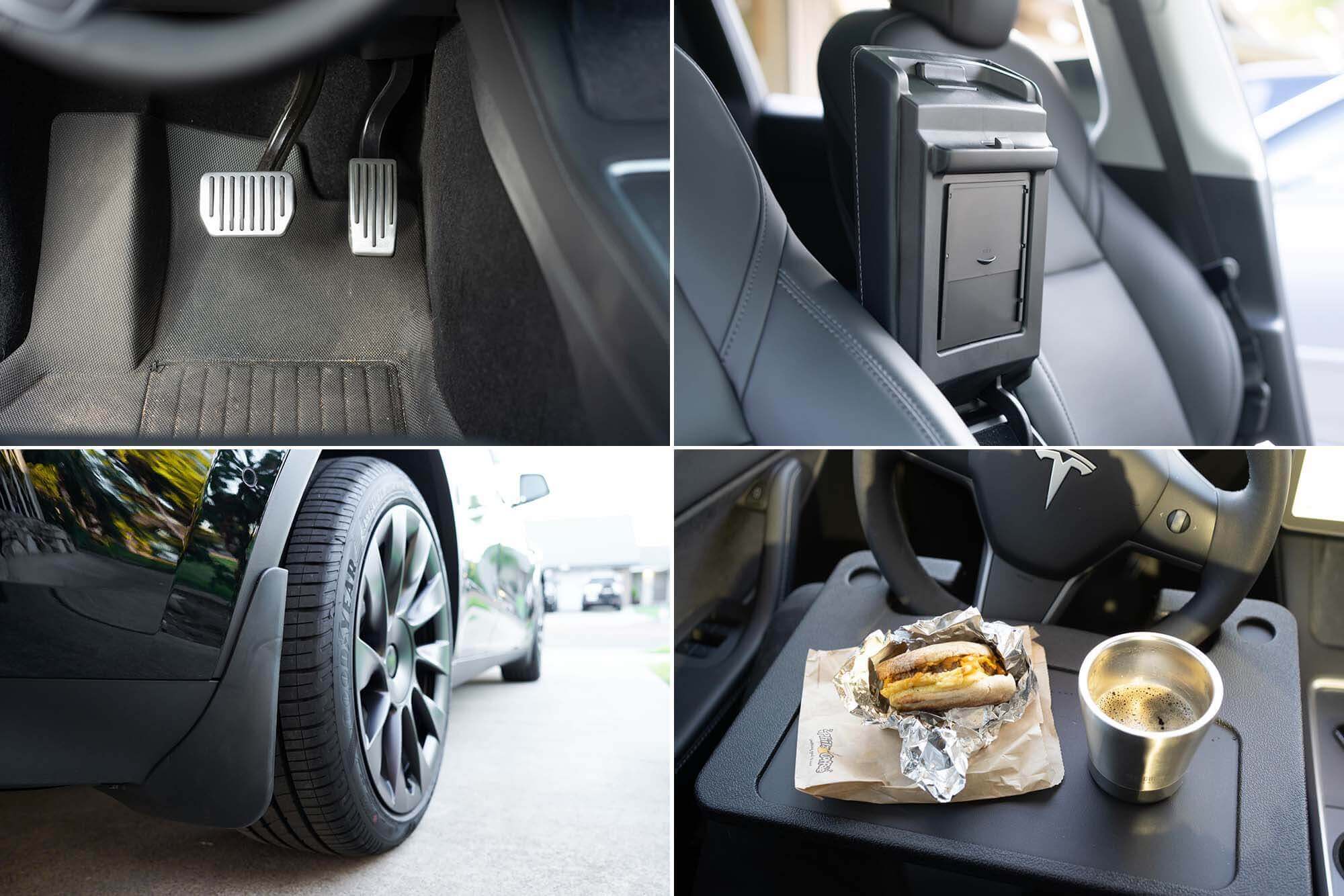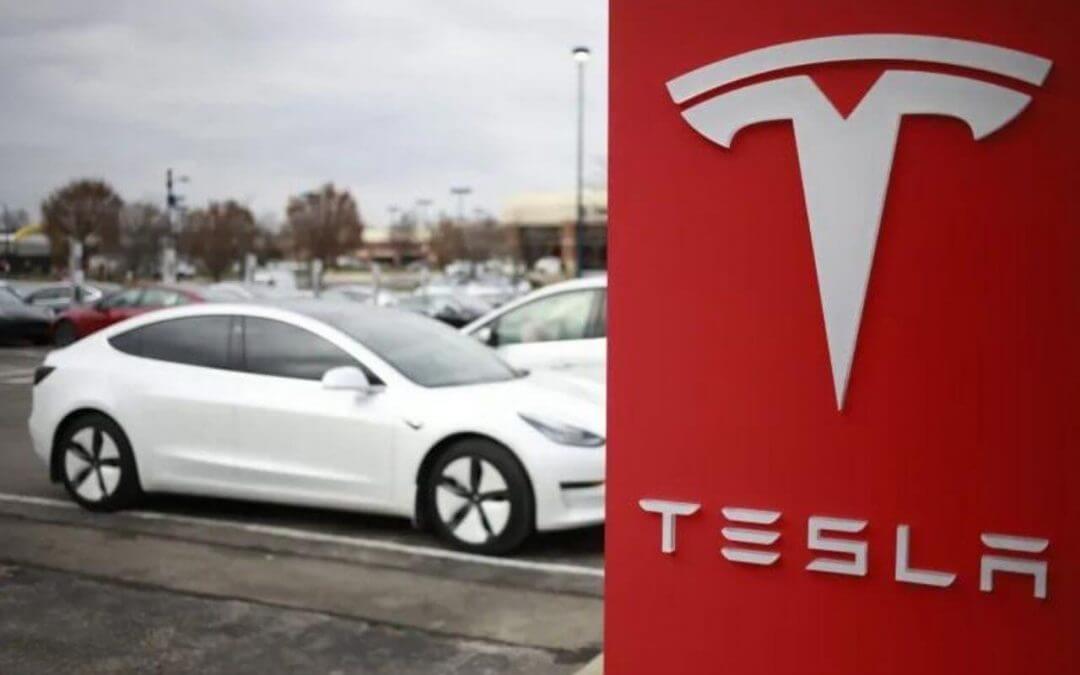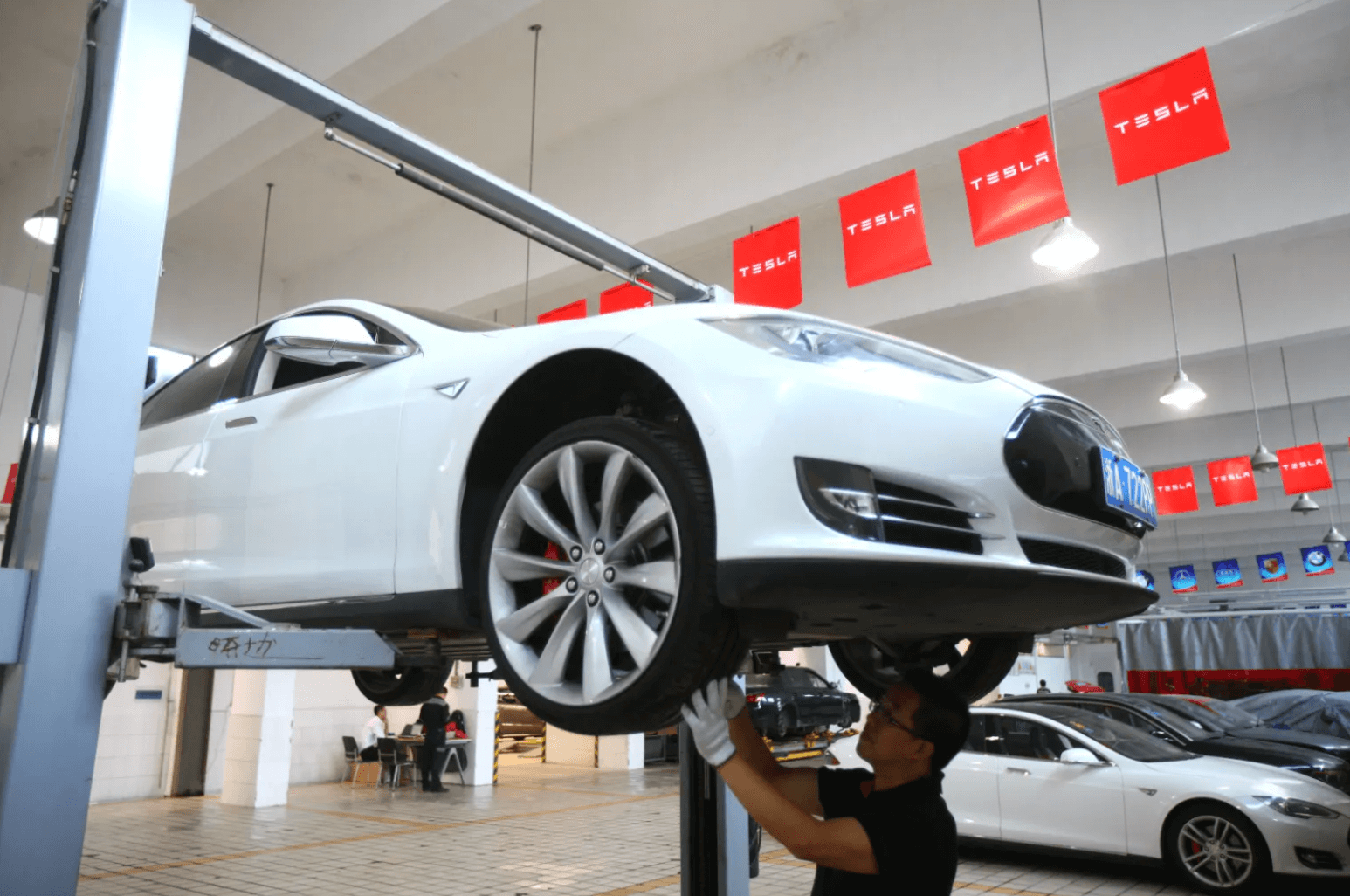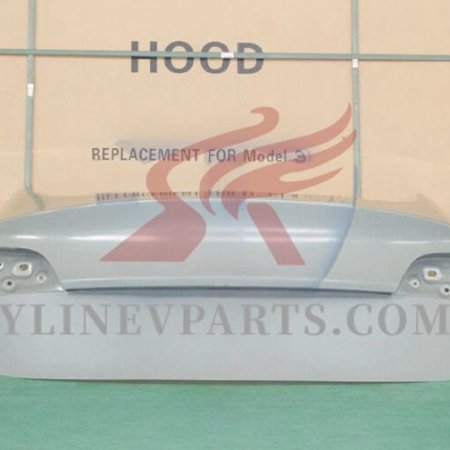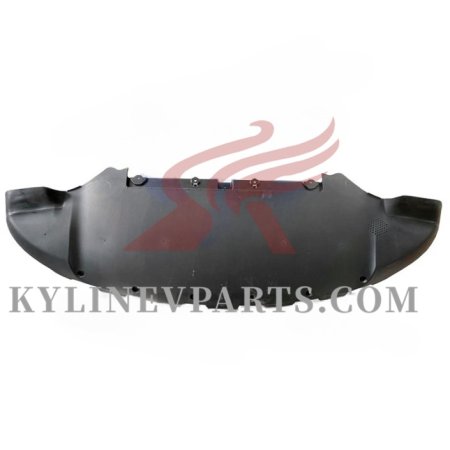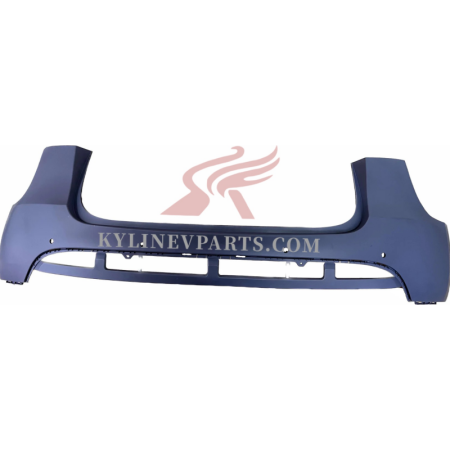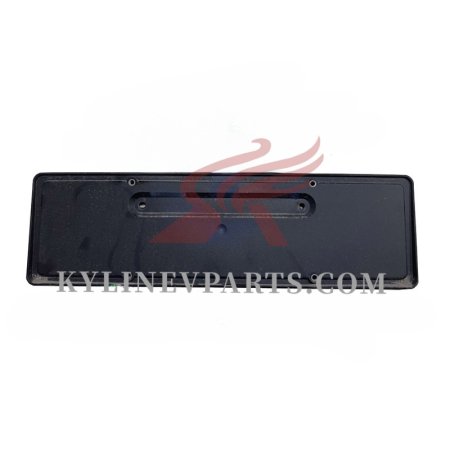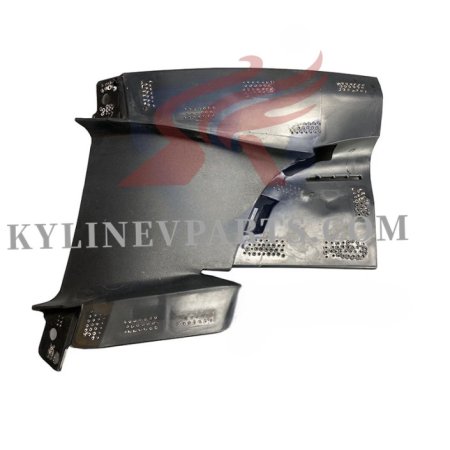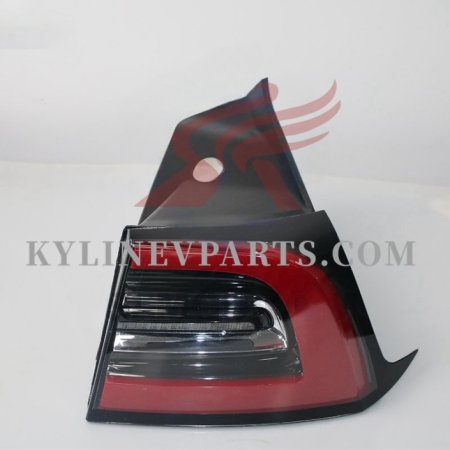Introduction to Tesla Aftermarket Parts Trading Distribution
The Tesla Aftermarket Parts Trading is an ever-growing industry driven by the increasing number of Tesla vehicles on the road. As electric vehicles (EVs) continue to rise in popularity, so does the demand for aftermarket parts and accessories that enhance vehicle performance, aesthetics, and functionality. Whether it’s for repairs, customizations, or upgrades, the role of Tesla Aftermarket Parts Trading distributors has never been more crucial.
In this guide, we will explore why the Tesla Aftermarket Parts Trading sector is so profitable for distributors and how you can leverage the growing demand for Tesla parts to build a successful business.
Why is the Tesla Aftermarket Parts Trading Market Expanding?
Tesla, a leader in the electric vehicle market, has seen its sales grow year after year. With a continuously expanding customer base, there is a consistent demand for Tesla Aftermarket Parts Trading to complement Tesla vehicles. These parts are often sought for various purposes, such as improving the vehicle’s performance, enhancing its aesthetics, or ensuring its long-term maintenance.
Growing Popularity of Electric Vehicles (EVs): As EV adoption accelerates globally, Tesla is positioned as a key player in the transition to electric mobility. The expansion of Tesla’s vehicle models, from the Model S to the upcoming Cybertruck, has spurred a diverse demand for customized accessories and spare parts. This growth directly impacts the aftermarket sector, with parts ranging from basic maintenance tools to high-performance components.
Cost-Effectiveness: Many Tesla owners prefer Tesla Aftermarket Parts Trading because they often offer a more affordable alternative to OEM (original equipment manufacturer) parts. For instance, certain performance upgrades and cosmetic accessories can be sourced more economically from trusted aftermarket distributors.
Customization and Personalization: Tesla owners take pride in personalizing their vehicles. Aftermarket parts give them the freedom to modify their cars with performance enhancements, new wheels, advanced lighting systems, or interior accessories that fit their style.
Why is Tesla Aftermarket Parts Trading Distribution a Profitable Business?
The Tesla Aftermarket Parts Trading sector presents significant profit opportunities for distributors for several reasons:
High Demand for Quality Parts: With Tesla vehicles becoming mainstream, demand for replacement parts, especially for long-term vehicle ownership, will continue to rise. Key items like wheels, batteries, interior parts, and performance components have a steady market.
Exclusive Products and Partnerships: Distributors have opportunities to form exclusive agreements with manufacturers or wholesalers to distribute premium products. Offering parts that are not widely available or those that enhance vehicle performance can provide a unique selling proposition in the competitive market.
Growing EV Adoption: The rise of electric vehicles, with Tesla being the frontrunner, is projected to continue into the coming years. This trend assures that the aftermarket parts market for Tesla vehicles will expand, creating a long-term stream of revenue.
Global Reach: With Tesla’s global expansion, there is a vast market to tap into. Tesla owners across different countries often seek compatible parts to maintain, repair, or upgrade their vehicles, offering distributors the chance to scale their operations internationally.
The Role of Tesla Aftermarket Parts Trading Distributors
As a distributor of Tesla aftermarket parts, your role is pivotal in the supply chain. You will serve as the intermediary between manufacturers (or wholesalers) and the end customers, whether they are individual Tesla owners, repair shops, or auto parts retailers. Here are some key responsibilities:
Sourcing: Establishing relationships with manufacturers and wholesalers is crucial to ensure the availability of high-quality parts at competitive prices. Many successful distributors source parts through international supply chains or even directly from Tesla-authorized suppliers.
Inventory Management: Efficient management of stock levels is critical to meeting demand without overstocking or running out of essential items. Having an effective inventory management system in place helps to keep track of high-demand parts and ensures a smooth supply chain.
Logistics: Distributors need to ensure that parts are delivered in a timely and safe manner. Logistics management, including packaging, shipping, and order fulfillment, is an essential part of a distributor’s role.
Customer Support: As a distributor, providing outstanding customer service is key to building trust and establishing a loyal customer base. Offering detailed information about the parts, installation assistance, and addressing customer concerns can differentiate your business in the competitive market.
The Growth Opportunity for Tesla Aftermarket Parts Trading Distributors
There is no better time than now for distributors to get involved in Tesla aftermarket parts. As demand for EVs continues to surge, the Tesla Aftermarket Parts Trading market is positioned for growth, with significant profit potential for those who act early and strategically.
Leverage Trends: Keeping an eye on trends such as the demand for Tesla performance parts, custom interior accessories, and sustainable products can help distributors target niche markets within the broader automotive aftermarket sector.
Target B2B Partnerships: Building relationships with auto repair shops, Tesla-certified service providers, and e-commerce platforms can significantly increase the reach and visibility of your aftermarket parts distribution business.
Key Tesla Aftermarket Parts Trading for Distributors
The Tesla Aftermarket Parts Trading offers a variety of high-demand products that can provide lucrative opportunities for distributors. As Tesla continues to lead the electric vehicle (EV) revolution, the need for compatible and quality aftermarket parts is rapidly increasing. Whether you’re a wholesaler, retailer, or online distributor, understanding the most popular and profitable parts in the Tesla ecosystem is essential for success.
In this section, we’ll explore the key Tesla aftermarket parts that every distributor should consider, focusing on parts that are in high demand due to vehicle repairs, upgrades, and customizations.
1. Wheels and Tires
Wheels and tires are some of the most sought-after aftermarket parts in the automotive industry, and Tesla is no exception. As Tesla owners look to enhance the performance, aesthetics, and safety of their vehicles, aftermarket wheels and tires offer a significant opportunity for distributors.
Why They’re Popular:
Performance upgrades: Tesla owners often seek wheels that provide better grip, durability, or lightweight materials for enhanced performance.
Customization: Wheels are a key component for Tesla owners looking to give their vehicles a more personalized look.
Seasonal needs: With many Tesla owners living in regions with varied climates, tires suited for different weather conditions (e.g., winter tires) are in high demand.
Distributors’ Focus:
Offer performance wheels like those designed for Tesla’s Model S, Model 3, and Model X.
Source high-quality, durable tires from trusted suppliers for winter and all-season needs.
2. Performance Parts and Upgrades
Tesla owners who enjoy maximizing their vehicle’s performance are a key market for aftermarket performance parts. These parts help enhance acceleration, handling, and overall driving experience, which is crucial for Tesla’s performance-focused models like the Model S Plaid or Model 3 Performance.
Why They’re Popular:
Performance enthusiasts look for upgraded suspension systems, brake kits, and chipped ECU (Engine Control Unit) tuners to enhance Tesla’s capabilities.
Upgraded parts improve the driving experience and can extend the life of certain components.
Distributors’ Focus:
Offer performance-enhancing parts like performance tires, sport springs, and brake upgrade kits.
Source Tesla aftermarket suspension kits that enhance handling for drivers who prefer a sportier ride.
3. Interior Accessories and Customizations
The interior of a Tesla vehicle is a focal point for owners looking to enhance comfort, aesthetics, and functionality. Aftermarket interior accessories range from practical items like floor mats to luxury upgrades such as customized leather upholstery.
Why They’re Popular:
Tesla owners love customizing their cars to reflect their personal style, making interior accessories a hot market.
Items like premium floor mats, seat covers, and center consoles improve comfort and functionality.
Distributors’ Focus:
Offer premium floor mats designed specifically for Tesla models, protecting the interior and enhancing its appeal.
Provide leather seat covers and other customization options to elevate the cabin’s luxury feel.
4. Exterior Customization Parts
Tesla owners are always on the lookout for ways to personalize the exterior of their vehicles, making exterior customization parts one of the most profitable segments for aftermarket distributors. Popular products include carbon fiber spoilers, aero kits, and custom lighting systems.
Why They’re Popular:
These parts not only enhance the look of a Tesla but also improve aerodynamics and performance.
Tesla owners who want their vehicles to stand out often invest in aftermarket aero kits, spoilers, and customized lighting systems.
Distributors’ Focus:
Source carbon fiber body kits and spoilers that are compatible with Tesla’s range of models.
Provide LED light bars and custom headlights that give the car a modern, unique look.
5. Charging Accessories
As the Tesla brand continues to grow, the demand for charging accessories will rise too. Wall connectors, mobile chargers, and extension cables are essential for Tesla owners who want to ensure their EV is always ready to hit the road.
Why They’re Popular:
Tesla owners often prefer charging their vehicles at home, which means wall connectors and portable chargers are must-have items.
With Tesla’s reliance on a proprietary charging system, offering reliable and high-quality charging solutions is a key market for distributors.
Distributors’ Focus:
Source Tesla-approved wall connectors and high-power mobile charging kits for home installations.
Offer extension cables and charging stations that are compatible with all Tesla models.
How to Build a Profitable Distribution Network for Tesla Aftermarket Parts Trading
Building a profitable distribution network for Tesla aftermarket parts is essential for any business looking to thrive in the expanding electric vehicle (EV) market. As Tesla continues to lead the transition to electric mobility, demand for high-quality, compatible aftermarket parts grows. A well-structured distribution network enables you to efficiently source, manage, and deliver products to a wide range of customers, from individual Tesla owners to B2B clients such as repair shops and e-commerce platforms.
In this section, we’ll explore the steps involved in creating a profitable distribution network for Tesla Aftermarket Parts Trading, with a focus on sourcing, logistics, inventory management, and strategic partnerships.
1. Source Reliable Tesla Aftermarket Parts Trading Suppliers
One of the most critical components of a successful distribution network is the sourcing of reliable, high-quality parts. Establishing relationships with reputable manufacturers and wholesalers ensures that you can provide consistent, top-quality parts to your customers. Here’s how to approach sourcing:
Identify Reputable Suppliers: Research and connect with Tesla-approved suppliers, OEM (Original Equipment Manufacturer) part manufacturers, and specialized aftermarket suppliers. You can source parts from global marketplaces, specialized manufacturers, or even directly from Tesla service centers for certain components.
Ensure Compatibility and Quality: Tesla owners are particularly concerned about compatibility and quality, so it’s essential to source parts that meet high standards. Certifications or quality assurances from trusted suppliers can help mitigate risks.
Leverage Online Platforms: Platforms such as Alibaba, eBay, and Amazon offer access to international suppliers who specialize in automotive aftermarket parts. These platforms are convenient for finding cost-effective solutions and expanding your sourcing network.
2. Build Strong Relationships with Suppliers and Manufacturers
Once you’ve identified your suppliers, focus on building long-term, strategic relationships to ensure a steady and reliable flow of Tesla parts. Here are some strategies to help you forge solid partnerships:
Negotiate Favorable Terms: Establishing long-term partnerships often comes with negotiation power. Work on negotiating better pricing, discounts for bulk orders, and favorable payment terms.
Establish a Communication Channel: Clear and consistent communication with your suppliers is essential for maintaining product availability and managing inventory. Build relationships that allow for quick resolutions if issues arise, whether it’s a supply chain disruption or quality concerns.
Explore Exclusive Agreements: Some distributors secure exclusive distribution rights for specific parts or territories. By securing exclusive agreements, you gain a competitive edge by offering parts that are not readily available through other channels.
3. Optimize Inventory Management and Storage
Managing inventory efficiently is key to building a profitable distribution network. Whether you’re working from a single warehouse or managing multiple locations, inventory management systems (IMS) are crucial for maintaining stock levels and minimizing waste.
Use Inventory Management Software (IMS): Investing in robust inventory management software can streamline the process. Software like TradeGecko or NetSuite offers real-time tracking, stock level alerts, and reorder points that help prevent overstocking or stockouts.
Analyze Demand Trends: Keep a close eye on demand trends for specific Tesla parts. Historical sales data, seasonal patterns, and customer preferences will help you predict demand and optimize your stock levels accordingly. Focus on parts with high turnover rates like wheels, batteries, and charging accessories.
Storage and Warehousing Solutions: Depending on the size of your distribution network, you may need to partner with third-party logistics (3PL) providers or invest in warehousing solutions. Ensure that the storage facility is organized, clean, and designed for efficient picking, packing, and shipping.
4. Streamline Logistics and Shipping
Efficient logistics and shipping are vital for ensuring that Tesla parts reach your customers on time and in good condition. A smooth logistics process helps to build customer trust and ensures repeat business.
Partner with Reliable Shipping Providers: Choose logistics partners that specialize in automotive parts and can deliver to various regions. Companies like FedEx, UPS, and DHL offer shipping solutions tailored for businesses of all sizes.
Offer Multiple Shipping Options: To cater to a wide range of customers, provide multiple shipping options, including standard, expedited, and international delivery. This allows your clients to choose the most convenient and cost-effective method based on their needs.
Implement Efficient Order Fulfillment: Order fulfillment should be quick and accurate. Implement processes that minimize errors in picking and packaging, and consider using automation or robots for efficiency in large warehouses.
5. Develop Strategic Partnerships with Service Providers
Building strong B2B relationships with auto repair shops, Tesla service centers, and other businesses in the automotive industry can significantly enhance your distribution network. These partners can become valuable customers for your Tesla parts.
Collaborate with Tesla-certified Service Centers: These centers often need parts for repairs and replacements. By collaborating with Tesla service centers, you can become a preferred supplier for them.
Partner with Body Shops and Repair Facilities: Independent auto repair shops are also key players in the Tesla aftermarket parts market. They often need reliable, high-quality replacement parts for vehicles under repair. Offer incentives for shops that choose your parts consistently.
Develop Online B2B Platforms: Create an online platform for businesses to purchase Tesla parts in bulk. This helps facilitate transactions and allows you to target a broader market of automotive businesses.
Legal and Regulatory Considerations in Tesla Aftermarket Parts Trading and Distribution
Navigating the legal and regulatory landscape is crucial for success in the Tesla aftermarket parts distribution business. As a distributor of aftermarket parts, you must be aware of various legal aspects that could impact your operations. These include intellectual property rights, product safety, warranty issues, and compliance with local laws and industry regulations.
In this section, we’ll explore the key legal and regulatory considerations you should be mindful of to ensure your business operates smoothly and avoids potential legal pitfalls.
1. Intellectual Property and Trademarks
One of the most significant legal challenges in the Tesla aftermarket parts industry involves intellectual property (IP). Tesla, like many manufacturers, holds patents and trademarks for various technologies and parts. Distributors must be cautious when selling parts that may be associated with these patents or trademarks.
Challenge: Selling parts that infringe on Tesla’s intellectual property, such as unauthorized replicas or components that use Tesla’s logo without permission, can lead to legal disputes, fines, and even the removal of products from the market.
Solution:
Avoid Infringement: Ensure that the parts you distribute are either OEM (Original Equipment Manufacturer) parts or legally licensed aftermarket components. Steer clear of selling parts that could potentially infringe on Tesla’s patents or trademarks.
Licensing Agreements: If you plan to distribute parts with Tesla’s branding, seek licensing agreements to avoid trademark infringement. Some manufacturers and suppliers offer licensed parts for resale, ensuring that you are legally compliant.
Use Generic Branding: If you’re selling aftermarket parts without a licensing agreement, it’s often safer to avoid using Tesla’s trademarks or logos on your marketing materials or product packaging.
2. Product Safety and Compliance with Regulations
Tesla parts distributors must ensure that the products they sell comply with relevant safety standards and regulations. Non-compliant parts not only put customers at risk but can also result in legal action, fines, and damage to your business reputation.
Challenge: Selling parts that fail to meet safety standards can lead to costly recalls, legal liabilities, and potential harm to your brand’s image.
Solution:
Understand Regulatory Standards: Familiarize yourself with relevant automotive safety standards such as the SAE (Society of Automotive Engineers) regulations, the FMVSS (Federal Motor Vehicle Safety Standards), and local regulations that may apply to aftermarket automotive parts.
Work with Certified Suppliers: Only source parts from reputable, certified suppliers who comply with these standards. Request documentation of certifications or testing from suppliers to verify that the parts meet required safety regulations.
Labeling and Instructions: Ensure that all parts are properly labeled with safety warnings and installation instructions. This not only improves customer experience but also helps with regulatory compliance.
3. Warranty and Liability Issues
Warranties are an essential aspect of the automotive aftermarket parts business. Distributors must understand their role in warranty coverage and the legal implications that arise if parts fail or cause damage to a Tesla vehicle.
Challenge: Many aftermarket parts do not come with the same warranty protections as OEM parts. If a part fails, customers may expect the distributor to cover the repair or replacement costs, potentially leading to legal action or disputes.
Solution:
Clearly Define Warranty Terms: Ensure that all parts come with clear and concise warranty terms. This should outline what is covered, the duration of the warranty, and the process for making a claim. Make sure customers understand that aftermarket parts may not have the same warranty coverage as OEM parts.
Limit Liability: If you are distributing non-OEM parts, include a limitation of liability clause in your terms and conditions. This limits your responsibility in case of product failure, provided the failure is not due to negligence on your part.
Collaborate with Manufacturers: Some suppliers offer warranty support for parts sold by distributors. Work with manufacturers to offer warranty services for parts that may require replacement due to defects.
4. Local Regulations and Sales Tax Compliance
Tesla parts distributors must be aware of local regulations and sales tax requirements in the regions where they operate. These regulations can vary significantly between countries, states, or even municipalities, and failing to comply can result in fines or legal action.
Challenge: Navigating sales tax and local automotive regulations can be complicated, especially for international distributors or those operating in multiple jurisdictions.
Solution:
Understand Sales Tax Requirements: Research the sales tax laws in your operating regions and ensure that you’re collecting and remitting the correct sales tax. Sales tax regulations can vary, and not complying with them could lead to legal consequences.
Adhere to Local Automotive Regulations: Be aware of regulations that govern the sale of automotive parts, including those related to environmental standards, labeling, and packaging. Some regions have strict laws around the use of certain materials (e.g., hazardous substances in vehicle components).
Work with a Compliance Expert: If your business operates across borders, consider consulting a compliance expert or a legal advisor to ensure that your operations align with local laws and regulations.
5. Environmental Regulations
With the rise of electric vehicles, environmental regulations related to automotive parts are becoming more stringent. Distributors must ensure that the parts they sell comply with local environmental standards, particularly regarding recycling and disposal.
Challenge: The improper disposal of automotive parts can have significant environmental impacts and may violate local regulations.
Solution:
Comply with Recycling Regulations: Many countries and states require that certain vehicle parts, especially batteries and fluids, be disposed of in an environmentally responsible manner. Ensure that you’re following environmental laws related to recycling and disposal.
Work with Eco-Friendly Suppliers: Source products from manufacturers that adhere to sustainability standards. Many suppliers now offer environmentally friendly options, such as recyclable packaging or components made from sustainable materials.
Provide Recycling Information: Include recycling instructions for end-users, especially for parts like batteries or hazardous materials, to help customers comply with local regulations.
For a reliable partner in sourcing high-quality, compatible parts for your Tesla Aftermarket Parts Trading, Kylin EV Parts is your one-stop destination. We offer premium parts, competitive prices, and fast, reliable shipping, making us your trusted wholesale partner in the Tesla Aftermarket Parts Trading.

